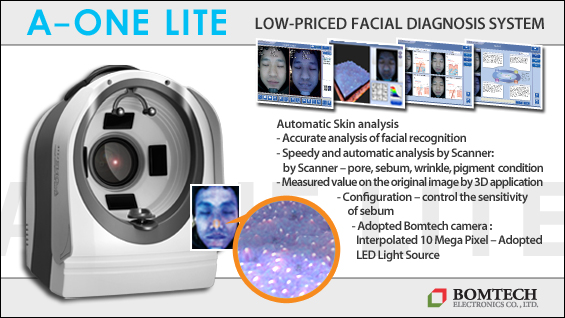
Analgesics
Analgesics such as opioids or nonopiate agents can be combined with sedative-hypnotics to reduce pain and discomfort during local anesthetic injection or deep tissue traction or pressure during surgery. Opioids has potent analgesic and sedative actions but a high dose is needed to obtain at least moderate sedation. Combination typically has higher patient satisfaction and brings synergistic effect compared to sedative-hypnotic or analgesic used alone. However, one should be aware that combining these drugs can also increase the risk of respiratory or cardiovascular complications. Therefore, dosage and combination should be decided based on the pharmacokinetic interactions between different drugs.
Remifentanil is a short-acting synthetic opioid with fast onset of action (1.5 minutes). It is degraded in hydrolysis by nonspecific estesase in the blood and tissues. Therefore, discontinuation after continuous infusion leads to quick awakening due to context-sensitive half-life of only 3-5 minutes. IV infusion has higher patient satisfaction compared to intermittent administration but had more frequent low oxygen saturation. Close attention should be given to dose titration when used in combination with sedative-hypnotic as it can cause severe respiratory depression.
[Advertisement] A-One LITE(Facial Diagnosys System) – Manufacturer: BOMTECH(www.bomtech.net)
The onset of maximal effect of Fentanyl takes 3-5 minutes and caution should be given to match the onset of efficacy with the time of desired analgesia. Half-life from redistribution is 9.2~19 minutes and elimination half-life is 2~7 hours. Therefore, respiratory depression may continue after a short procedure.
Alfentany has a quick onset of about 1.5 minutes and a duration of action that is only 1/3 of that of fentany. However, its half-life from redistribution is 9.5~17 minutes and repeated administration can be combined with its antagonist naloxone (0.1~0.3mg). The duration of action is 1-2 minutes but when combined with an opioid with a longer duration of action (20-30 minutes), it can cause respiratory depression. Other widely used analgesics include tramadol and meperidine, etc.
For sedation-analgesia, patient controlled sedation/analgesia can be used where a conscious patient can moderate his own dose. Anesthesiologist-controlled sedation or target-controlled infusion can be used for maintenance of deep sedation.
Monitoring device and monitoring of sedation depth
1. Electrocardiography and non-invasive blood pressure monitoring.
2. Pulse oximeter.
3. End-tidal carbon dioxide detector.
4. Bispectral index monitoring.
-To be continued-




















